This post may contain affiliate links. Probably doesn’t, but it might. It doesn’t cost you anything extra but if you use these links to buy something, we may earn a commission.
I know, you are trying to be a good plant parent and you feel like you need a master’s in botany to have a fun garden.
I’m going to break this down into four sections, so it is easy to find the information you want.
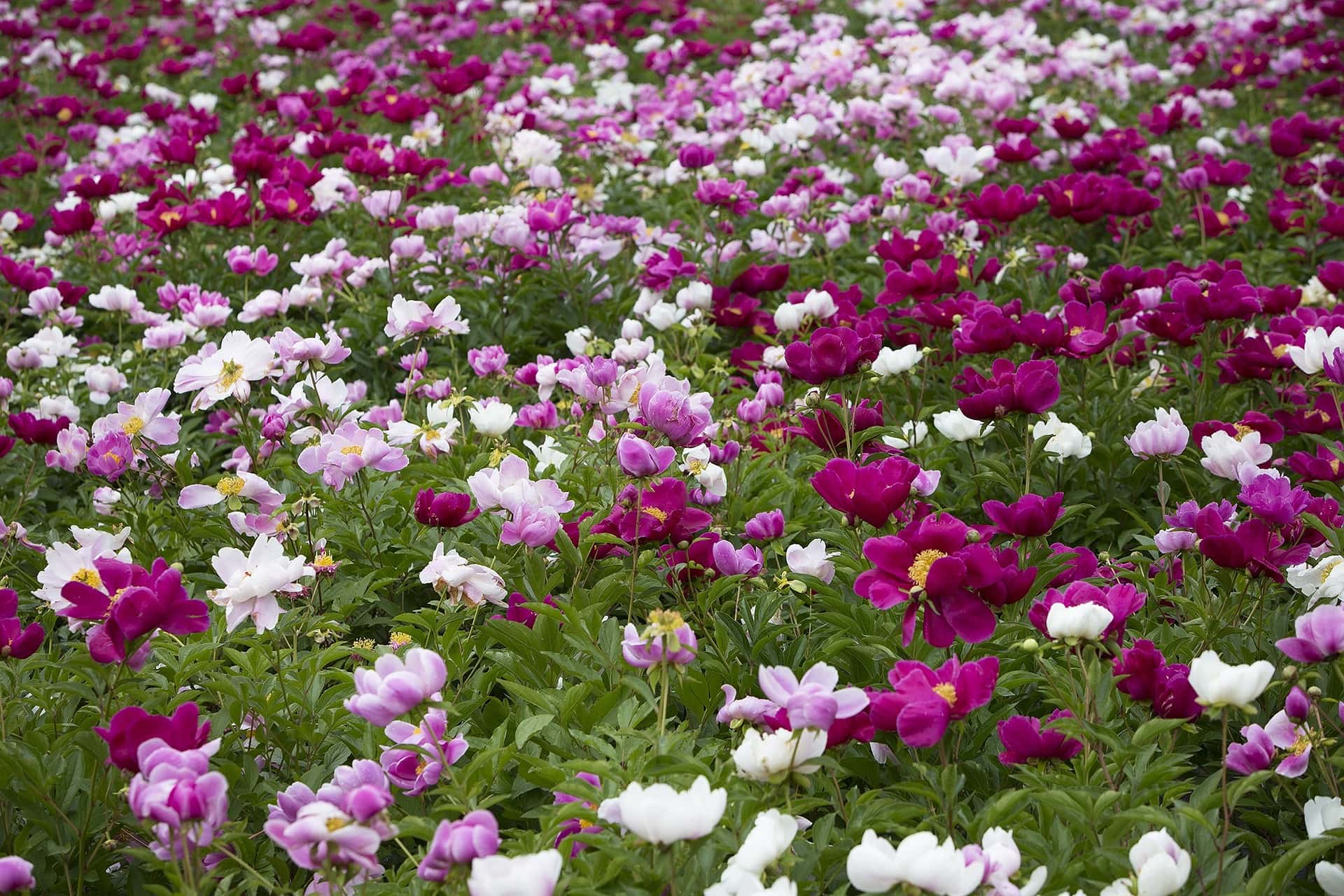
Table of Contents
What is a Perennial?
There are plants that live one year – annuals. They typically have flowers all summer long.
There are plants that live two years – biennials. They flower in the second year, and then they are done.
A perennial is a plant that lives for more than two years and keeps on growing. A perennial comes up from the root and develops new plants from the roots. Some perennials flower the first year, but all flower by the second year. Perennials can live for decades. Perennials typically have a bloom time of 4-6 weeks.
The trade off with perennials is plant once, and have many years of growth, but they have a shorter bloom time. It becomes a game to have flowers blooming at different times, so that your garden is always changing.
Here is the tricky part. It depends on where you live. A plant that is a perennial in Arizona probably is not a perennial in Maine.
So it’s important to know your growing zone. You can find this by asking Google, “what is the growing zone for …” and type in your zip code. If I ask Google, what is the growing zone for 19803 (my zip code), Google correctly comes up with zone 7. This tells me that Shasta Daisies are perennials in my area but Candelabra cacti are not.
A note about growing zones: the zones usually focus on the winter low temperatures. However, high temperatures and humidity, or the lack of it, also affect plants and how they grow. Annuals will be more temperamental about high and low temperatures than perennials for your growing zone. If you are uncertain, ask your local farmer or garden center staff.
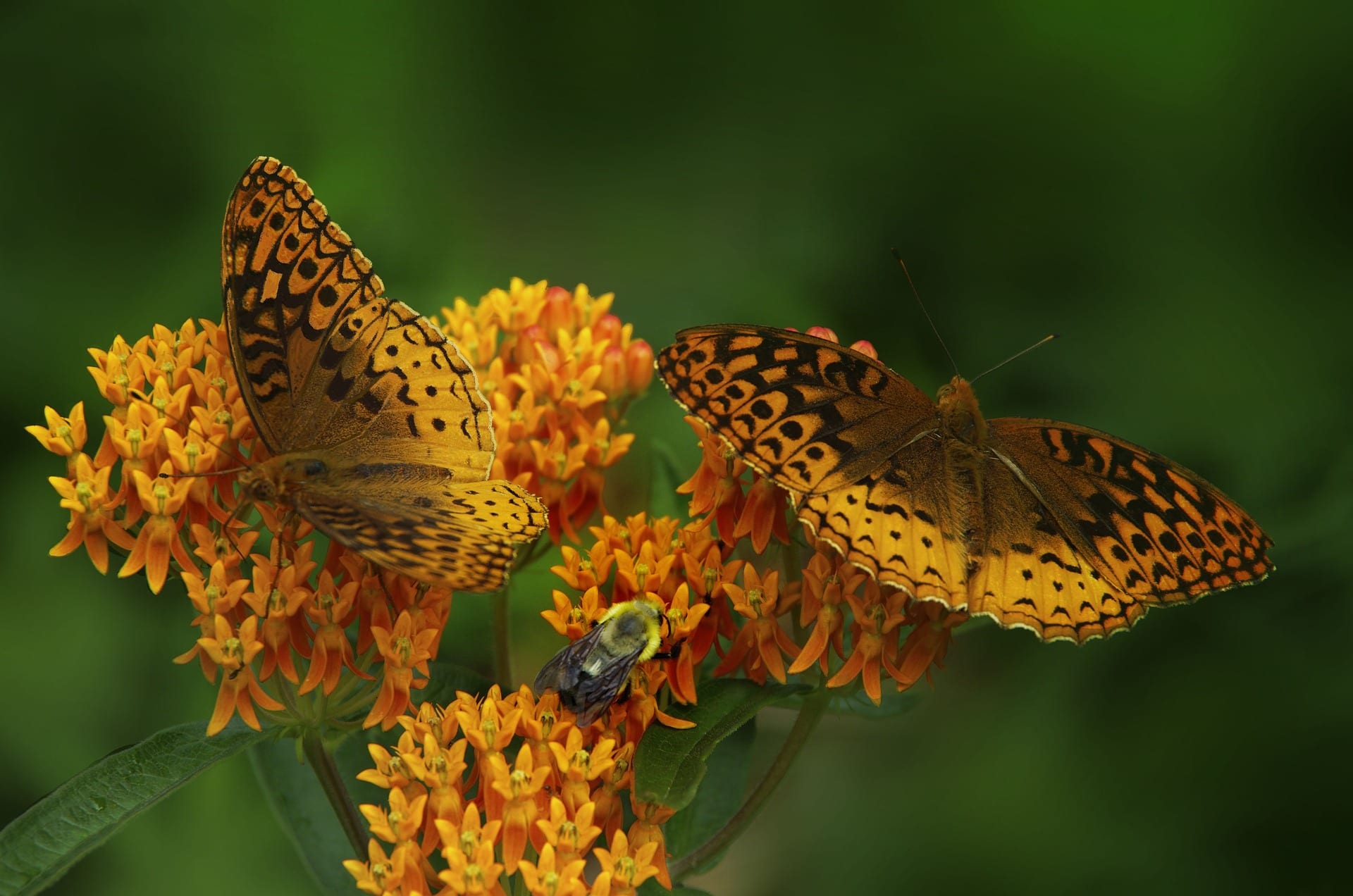
What are Native Perennials?
You’ve probably heard lots of fanfare about native perennials, and you might be wondering…why? If I plant perennials, isn’t that good enough?
Native perennial plants are those which come from that particular area. These are the survivors for your area. For our area, we can go 6-8 weeks without rain in the summer. Native perennials survive just fine. They are hardy, deer and rabbit resistant, and very attractive to all the pollinators – butterflies, hummingbirds, and native bees. Native perennials fit into the local ecosystem smoothly and help fill out the food chain for beneficial insects.
Aside from all the beneficial ecosystem parts, native perennials are great because they are very hardy plants and can survive a wide variety of growing conditions. After you plant and water one or two times, you can just let them grow. They are very low maintenance! Good for the ecosystem, good for the busy owner.
These are some native perennials that grow in zones 5-9.
Sun-loving native perennials need at least 6 hours of sun each day: Black-Eyed Susan (Rudbeckia); Stokesia (Stokesia); Penstemon (Penstemon digitalis); Yarrow (Achillea millefolium).
Shade-loving native perennials can handle full shade and up to 4 hours of direct sunlight daily: Coral Bells (Heuchera ‘Silver Scrolls’); Foamflower (Tiarella cordifolia); Virginia bluebells (Mertensia virginica).
Be sure to match the plant with the correct amount of sunlight. If you put a sun loving plant in the shade, the plant will live, but you won’t get very many flowers. A shade loving perennial will get sunburn on its leaves and the flowers will dry up if it gets too much sun. Be a good matchmaker!
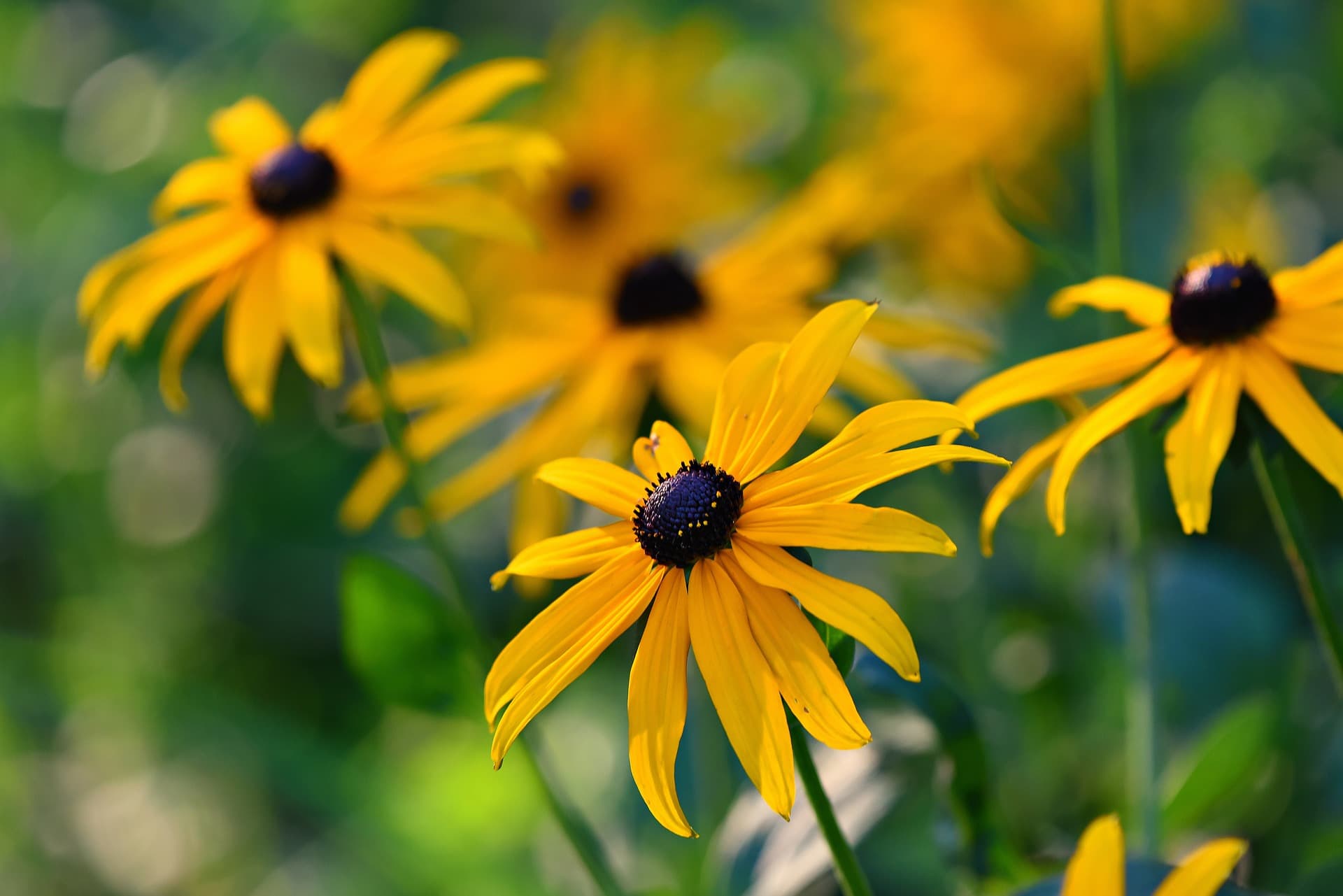
Which Perennials Have a Long Bloom Time?
If you want to maximize your flowers from your perennials, look for specific varieties of perennials which have a longer bloom time. These have blooms of 8 weeks and some a bit longer.
Here are my top 10:
Black Eyed Susan (Rudbeckia), seen above
Cone Flower (Echinacea)
Coreopsis (Tickseed), seen below
Cranesbill (Perennial Geranium)
Dianthus (Sweet William)
Pincushion (Scabiosa)
Garden Phlox (Phlox paniculate)
Russian sage (Perovskia atriplicifolia)
Shasta Daisy (Leucanthemum x superbum)
Veronica (Speedwell)

Perennials for a Cut Flower Garden
I know, flowers in the garden are great, but what if you love to cut some flowers and have in vases throughout the house? Or take a bouquet to a friend? Here are 10 great perennials for cut flowers.
These plants are happiest when you cut flowers regularly. That prompts the plant to produce more flowers!
Coreopsis (Tickseed)
Salvia (Salvia ‘Bumblebee’)
Yarrow (Achillea millefolium)
Garden Phlox (Phlox paniculata)
Lilies (Stargazer)
Coneflower (Echinacea), seen below
Peonies (so many varieties!)
New England Aster or Michaelmas Daisy (Symphyotricum novae-angliae)
Bee Balm (Monarda) .
Blanket Flower (Gaillardia)
The trick to keep the plants blooming? Keep cutting the flowers every week!
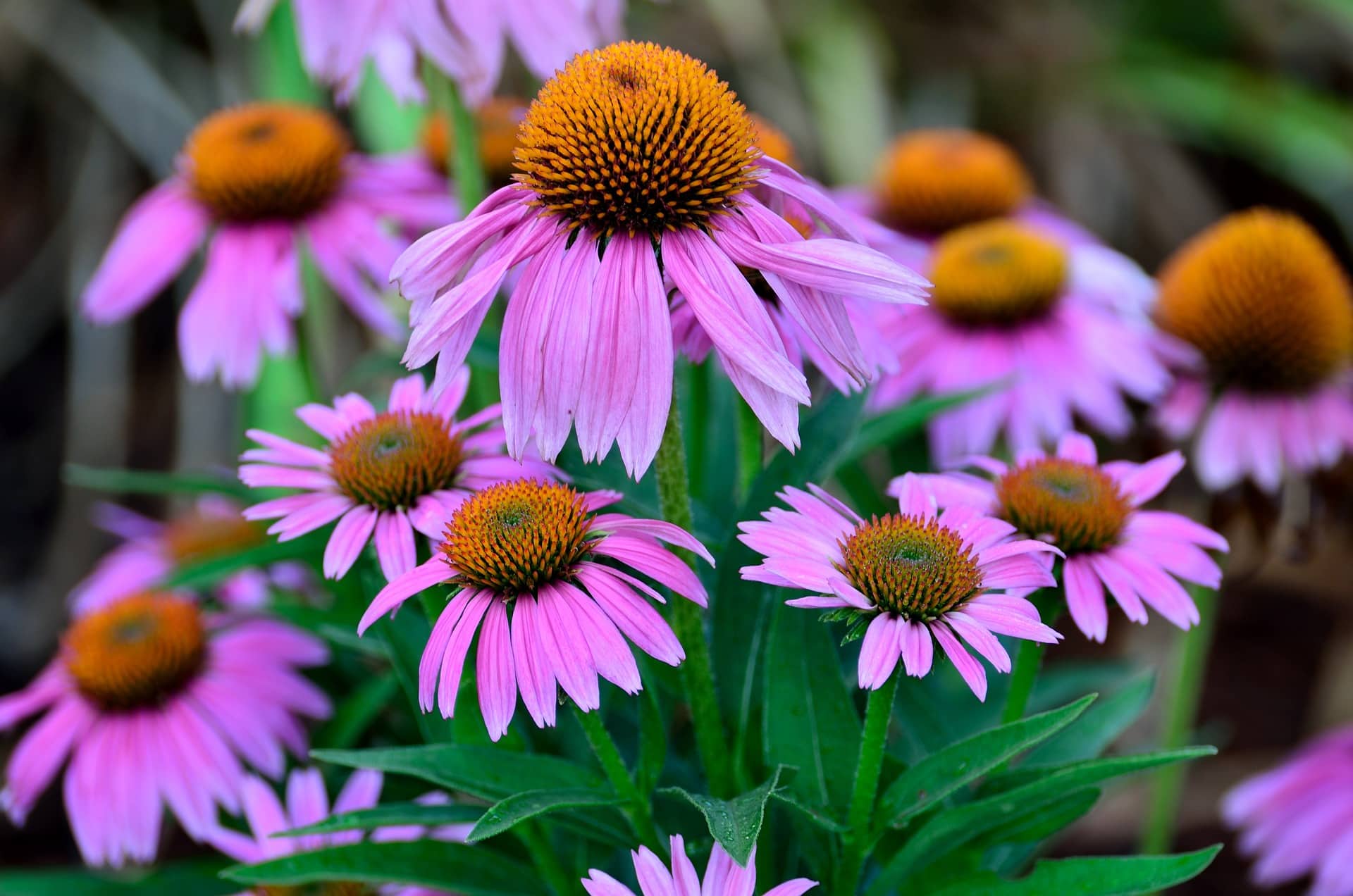
Our longest-lived perennials are the peonies that my grandmother planted as a bride in 1926. The plants are very happy where they are and they still produce lots of flowers every spring. Peonies, once established, live for decades. Their short bloom time, about 3 weeks, is offset by their stunning beauty and elegance.
I am going to add some encouragement for you to plant perennial herbs as part of your garden plan. Oregano, chives, sage, thyme, lemon balm, lavender, marjoram, mint, and rosemary are great for the kitchen, and their flowers are beautiful. Once the flowers are done, cut them all off and the herbs will keep growing.
Your perennial garden can bring joy for many, many years. Every 4-5 years, most perennials can be divided. This is best done in the spring while the plants are still dormant. The exception to this is peonies. They do not like to be disturbed and they multiply very slowly. Once planted, we leave them alone.
Come see us at the farm market for a wide selection of annuals and perennials. We are happy to talk plants with you!
Share:
Facebook
Twitter
Pinterest
LinkedIn
If this has been helpful, check out our courses. Growing something in the garden is good for you! We share how we grow on the farm in these courses.
Sign up for our weekly email for insider notes on fruits and vegetables, flowers, and farming.
On Key
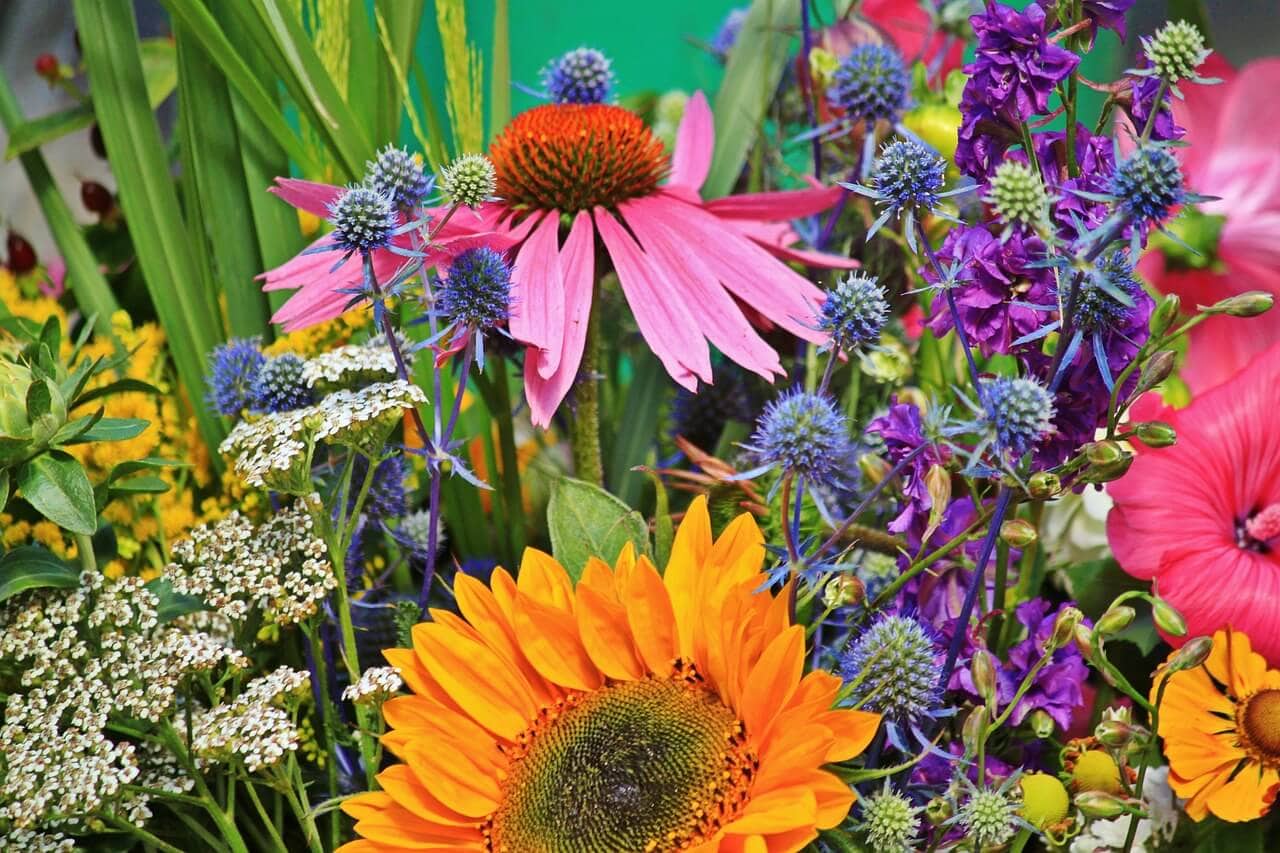
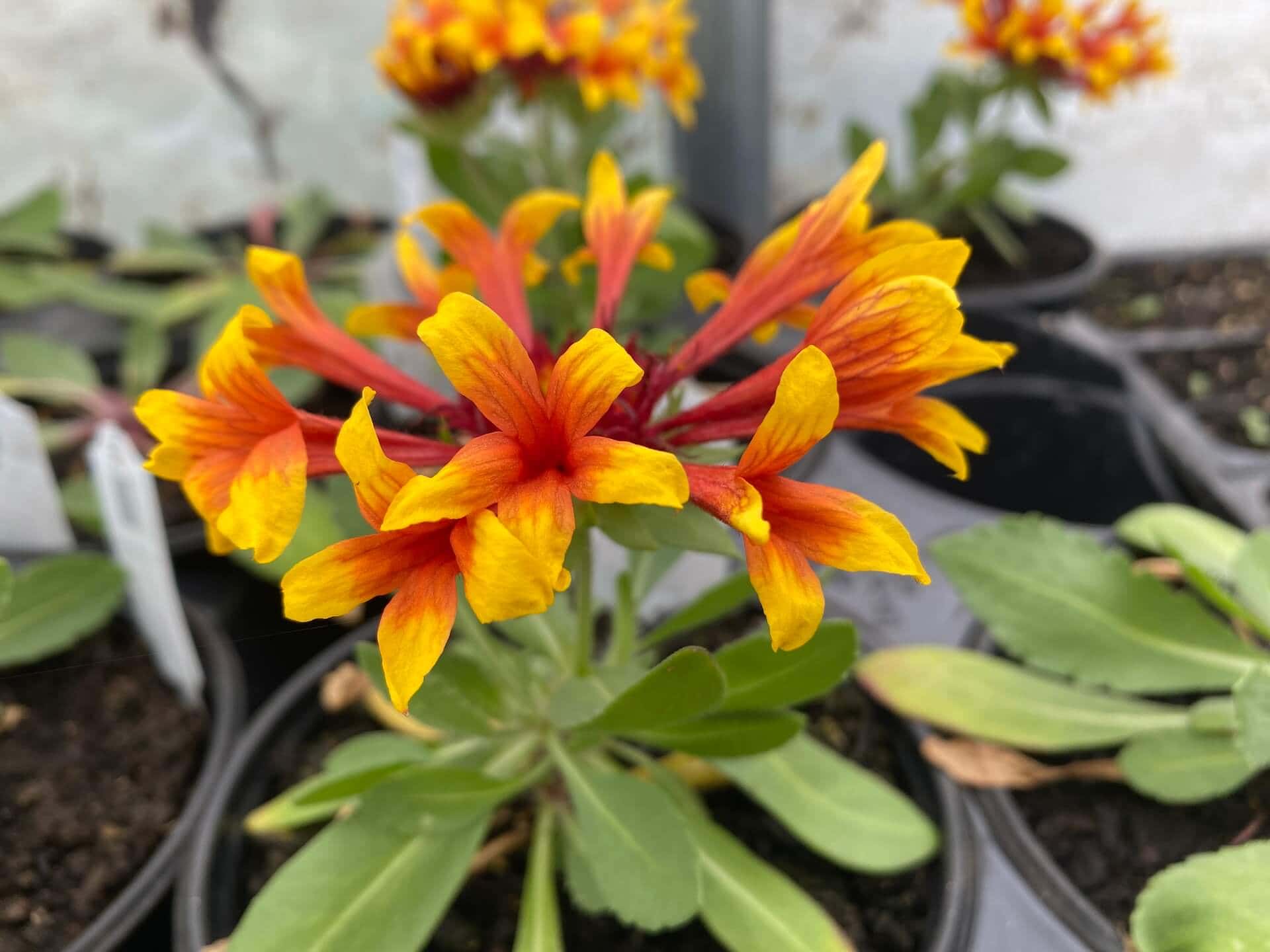
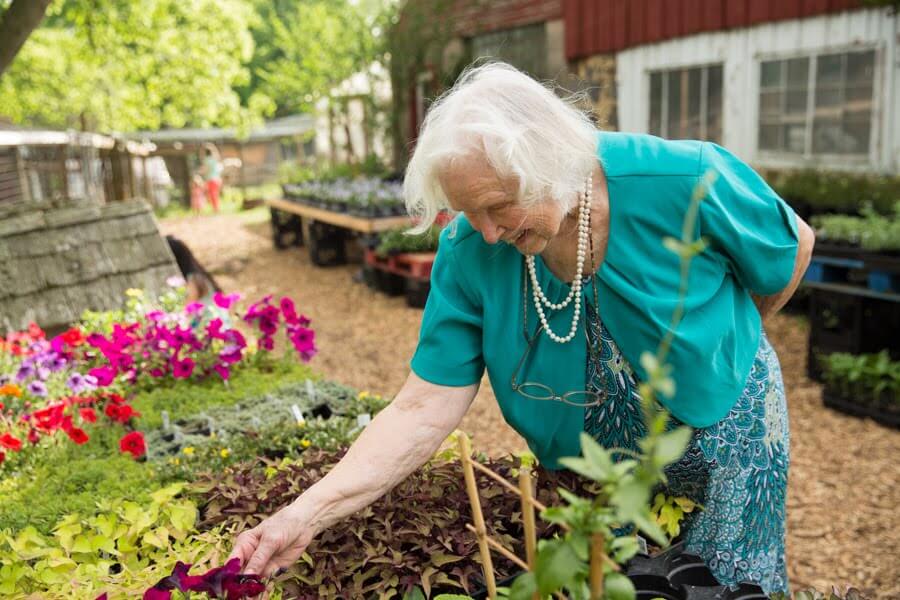



Pingback: Can you make money farming on one acre?